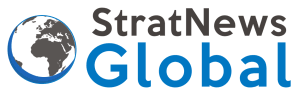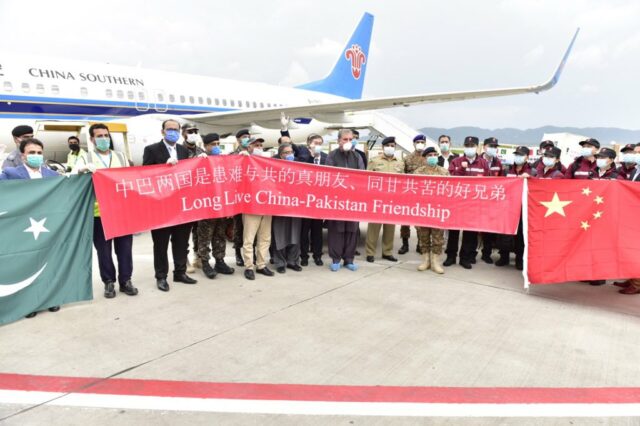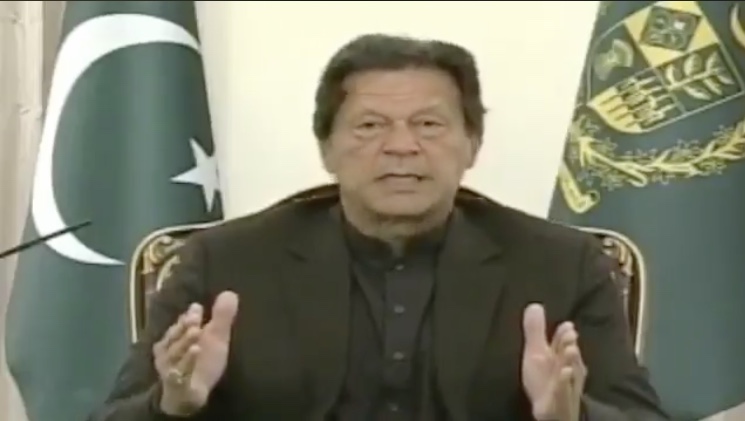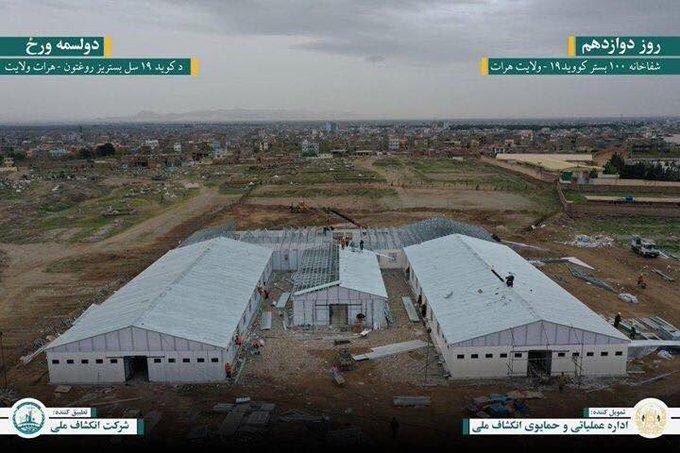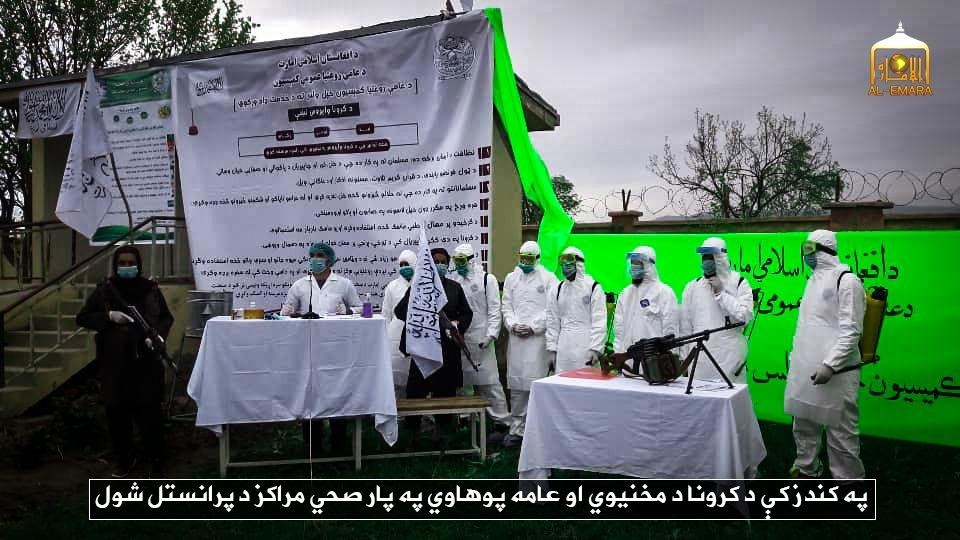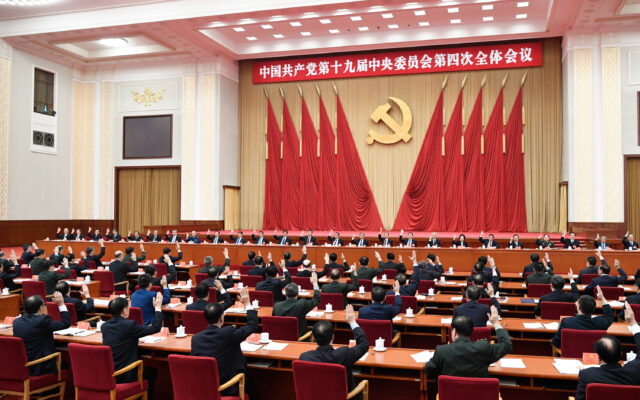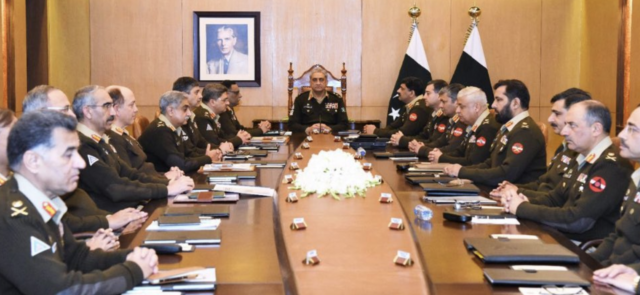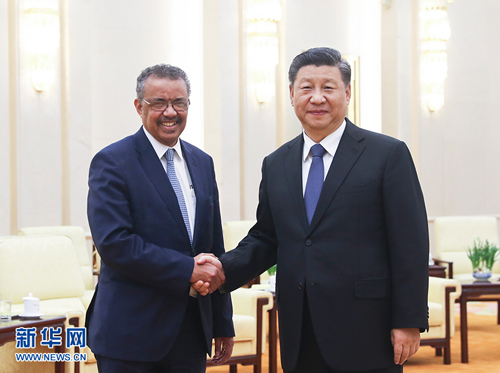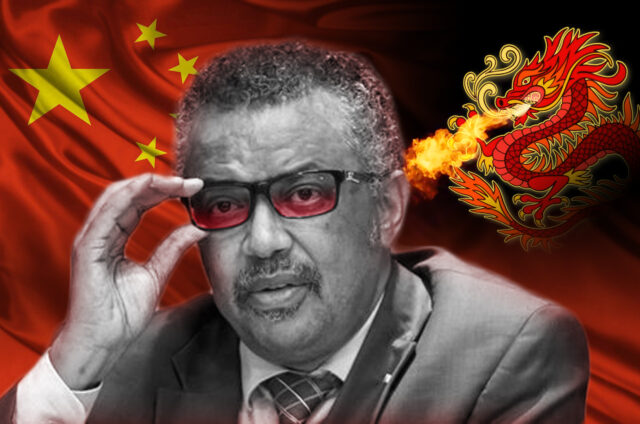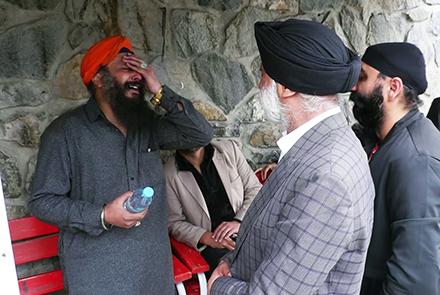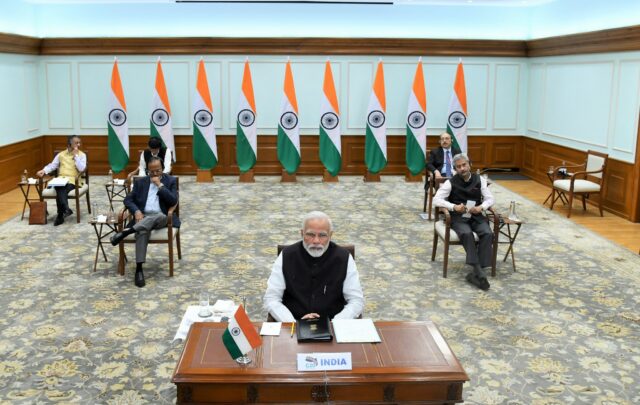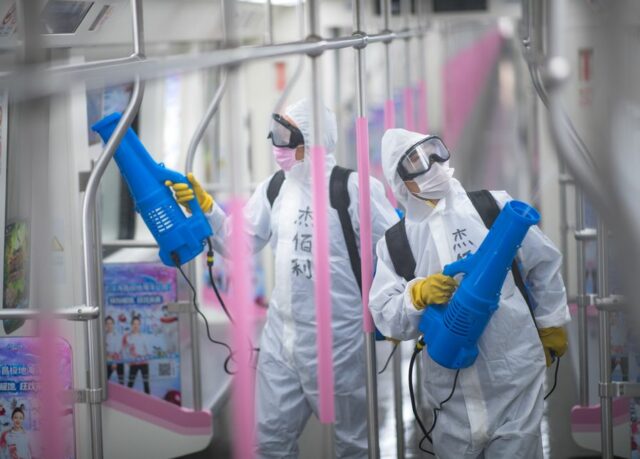Chinese Virus In India’s Neighbourhood – Part 2
NEW DELHI: As the Chinese coronavirus continues its unrelenting march across the globe, StratNews Global cast its eyes around the Indian subcontinent to see how the neighbourhood is coping. Much like India, these countries are densely populated, have poor health infrastructure and lack the wherewithal to deal with a crisis of this magnitude. Many are looking to India for help. Parul Chandra and Amitabh P. Revi detail the happenings in Nepal, Bangladesh and Bhutan, respectively.
Nepal: Desperation Of Migrant Workers Hoping To Return

“Nepalis are swimming across the Mahakali to get home” ran a headline in the Himalayan nation’s leading English daily The Kathmandu Post on March 31, 2020. The story reported that nearly 500 Nepalese migrant workers were stuck in Darchula in India, as the Nepal government had closed the suspension bridge over the Mahakali river connecting the two countries. This was done to prevent the spread of the Chinese coronavirus.
The desperate swim of the three men on March 30 after waiting to be let into Nepal for four days, was a sharp reminder of the larger humanitarian crisis. The lockdown announced by India on March 23 — Nepal followed suit a day later — triggered the mass exodus of Nepalese migrant workers from India. It remains in force until April 7 unless Kathmandu extends it. Commercial flights are also suspended until April 15. To the migrants’ relief, the Nepal government said on Sunday (March 29) that it would allow stranded workers to return but they would be quarantined for two weeks.
In a belated realisation of the plight of migrants stranded on either side of the Indo-Nepal border, the two governments have now agreed to take care of their food and shelter amidst the lockdown in both countries. Nepal has been fortunate in that of the little over 900 tested for the coronavirus, there were only five turning up positive until March 29. But there are concerns that not enough people are being tested in Nepal. The first person to be tested positive was as early as January 3.
The lockdown has resulted in Nepal’s tourism industry coming to a complete halt. The government’s signature ‘Visit Nepal 2020’ campaign to boost tourism numbers has been put off. Earlier, the first ‘Sagarmatha Sambaad’, a multi-stakeholder summit-level dialogue to deliberate on issues of global and regional interest, had also been cancelled.
The scale of the coronavirus epidemic in Nepal remains unknown largely because of limited testing. It’s widely accepted that if the epidemic spreads, Nepal with its creaky medical infrastructure, would be hard put to cope.
Bangladesh: Sitting On A Time Bomb?

Bangladesh has seen six deaths from the Wuhan coronavirus so far with 54 testing positive. The numbers appear small but consider, this is among the most densely populated countries in the world with 165 million people crammed into a little over 147,000 square km. So, experts fear that the country could be sitting on a time-bomb.
Prime Minister Sheikh Hasina’s government while stepping up measures to tackle the pandemic chose to declare a nation-wide holiday for 10 days beginning March 26 (as opposed to the lockdown that India and other countries have done). On Tuesday, while speaking to government officials across the country via a video conference, Sheikh Hasina warned that the holiday might need to be extended until April 9 to check the spread of the coronavirus.

A growing worry for health experts are the camps sheltering over a million Rohingya refugees in Cox’s Bazar, in the south-east. Bangladesh could have a huge problem on hand if the coronavirus was to spread in these crowded camps. As a precautionary measure, the government imposed a lockdown in all the 34 Rohingya refugee settlements in Cox’s Bazar.
There are concerns about the availability of enough beds and ventilators if the virus were to spread. The Dhaka Tribune reported today that although the country’s capital has 816 ventilators, only 45 of them are available for coronavirus patients. The remaining it reported, were being used for patients being treated in ICUs of both government and private hospitals.
The army has been called upon to ensure social distancing measures in Bangladesh. Like the Indian army, it is also running two quarantine centres in the capital. The birth centenary celebrations of Bangabandhu Sheikh Mujibur Rehman and Sheikh Hasina’s father which kicked off on March 17, have had to be scaled down in order to avoid large congregations of people.
Bhutan: Gross National Happiness Helps In COVID Fight
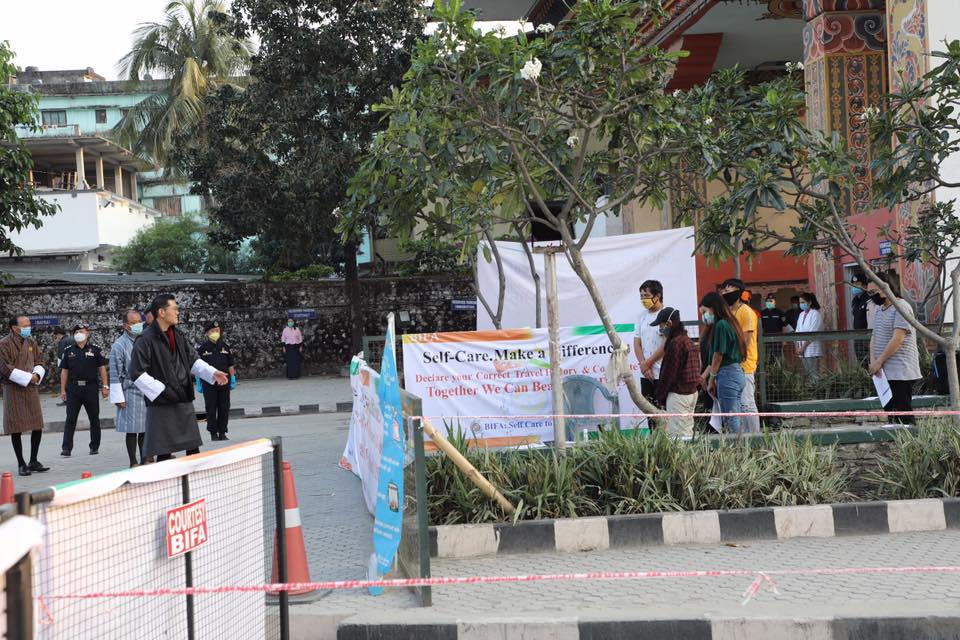
Having a Bangladesh trained doctor in Prime Minister Lotay Tshering following closely in the footsteps of a lead-from-the-front King Jigme Khesar Namgyel Wangchuck has kept Bhutan’s positive cases down to 4. All four have come from abroad. Health Ministry figures put 3,503 people of the 750,000 population in home or medical quarantine with no deaths (as of April 1). The first case was a 76-year-old U.S. citizen who flew in from Assam and has been since med-evacuated back to America.
Wedged between the virus’s epicentre to the north and locked-down India to the south, Bhutan reacted quickly after the first case. Heavily reliant on high-ended tourism (website Trading Economics put it at $15.8 million in November 2019), the Himalayan kingdom restricted incoming travellers on March 6. The King announced the “drastic measure” of sealing the borders with China and India on March 23 and on March 31, quarantine facilities were extended from 14 to 21 days. All Bhutanese returning from abroad are also in compulsory quarantine. Bhutan has free healthcare and education for all.

The King personally oversaw the implementation of the response strategy after the first case was reported. In Phuentsholing, he also personally inspected the situation on the ground, after there were hiccups to India’s assurances of an uninterrupted supply of essential goods despite the closure of the border and the 21-day lockdown in India.
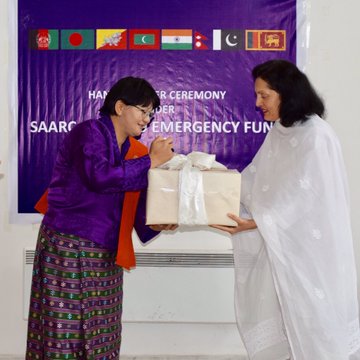
India has provided Bhutan with protective personal equipment and other supplies through the SAARC emergency fund while the Jack Ma Foundation & Alibaba Foundation have sent 1.7 million face masks, 165,000 test kits, protective clothing, ventilators and forehead thermometers.

While Bhutan’s Prime Minister is overseeing economic measures to tackle the effects of the pandemic including the hit to tourism and the supply of goods across closed borders, he has also told the country’s famous gross national happiness commission to rework the budget.
